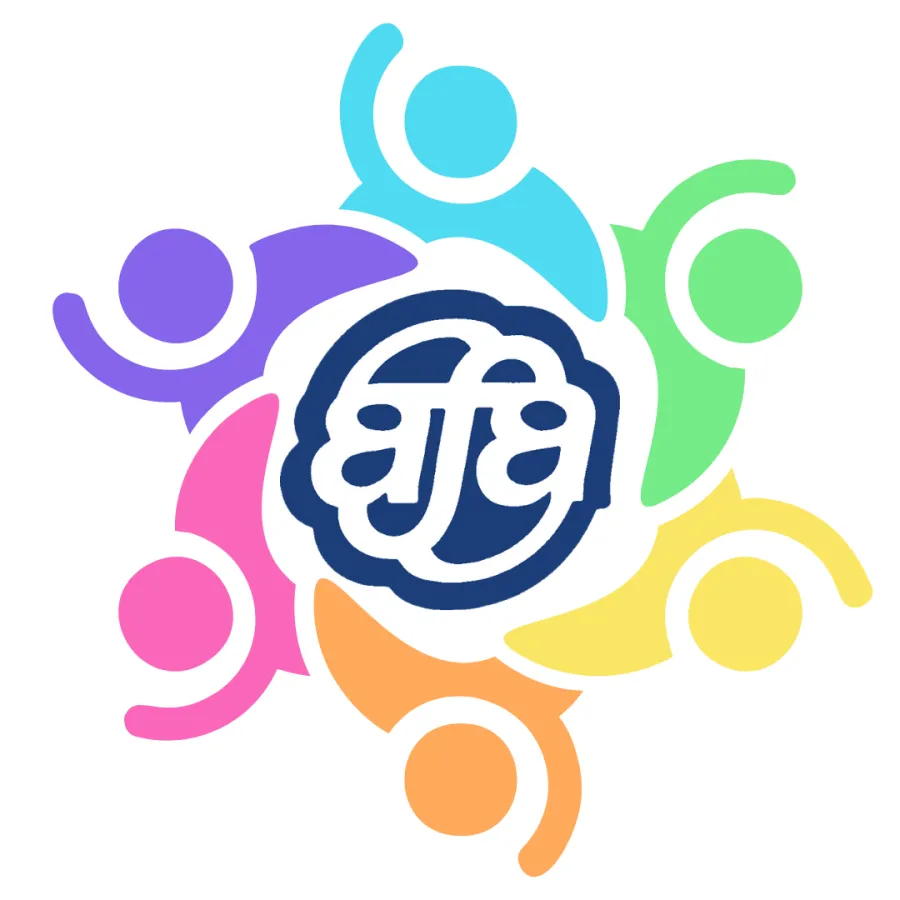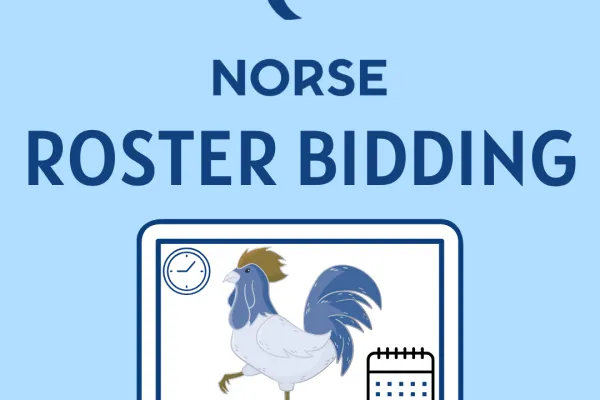2024 CCHT Anti-Trafficking Symposium Report

I attended the CCHT Anti-Trafficking Symposium: Educate, Empower, Equip, and Engage from January 25-26, 2024 in Arlington, Virginia. This symposium was put together in collaboration with the Blue Campaign and took place during Human Trafficking Prevention Month.
Hundreds of participants from the Transportation industry, Government, Universities and more took part in 2 days of panels, breakout sessions and speakers to talk more about the scourge that is Human Trafficking.
I represented the HRE Committee and attended both days of the symposium and was overwhelmed by the wealth of information that was presented.
Norse Atlantic is a part of the Blue Lightining Initiative (BLI) but was not present at the symposium and had no representation there.
We opened the symposium with remarks setting the stage and tone for all that we were going to discuss in the symposium including the current policies and research on Human Trafficking. After that, we attended several breakout sessions throughout the day. The sessions were organized by sector and included Law Enforcement, Industry, Prevention, and Transportation.
I attended all 4 of the transportation breakout sessions on day one.
The first session of the day was “Blue Lightning Initiative (BLI) Overview” with a panel entitled : Human Trafficking Awareness in Aviation. This panel discussed how human trafficking impacts the aviation industry and the industry’s role in combating it.
The second session was “CBP Travel Prevention Programs” which included information about Intercepting parental abductions and fugitives trying to flee the U.S. to avoid prosecution (early warning mechanism to discover outbound international travel for either a victim or fugitive that warrants interception by CBP).
The third session was a panel entitled “Human Trafficking in the Transportation Industry” and discussed how human trafficking impacts the transportation industry and the industry’s role in combating it.
The final session had a panel discussion entitled “Identifying Male Victims of Human Trafficking” and talked about the fact that a common misconception is that trafficking victims are only females and minors. This panel covered how human trafficking impacts men and boys, how to identify potential male victims of human trafficking in the transportation industry, and what can be done to raise awareness and combat misconceptions.
Day two had most of us together in the main ballroom where opening remarks were given by a Lived Experience Expert, Suleman Masood who works with the US Advisory Council. He gave a presentation that demonstrates the role lived experience experts play in governmental and non-governmental efforts and the importance of including lived experience experts and advocacy in product development and services.
After this, we had a Lived Experience Expert Panel which discussed Victim-Centered Approaches and Advocacy. They gave suggestions for law enforcement, service providers, and suggestions for survivor rehabilitation. This panel was the most diverse as it included a South Asian man, 3 Black women of various countries of origin, and a queer Latino man.
We also were able to see some Case Studies in Supporting the Victim presented to us by the DHS Victim Assistance Program
During the break between sessions on day 2, I went to the Peaceful Room, which was a room sponsored and staffed by the George Washington University Art Therapy Clinic and featured a variety of calming activities so that participants and presenters could destress. There was a coloring station, a stress ball making station, which included soothing essential oils to infuse in your ball, a zen sand garden station, and a space for quiet reflection.
The final main panel in the ballroom was Anti-Human Trafficking Resources and Lived Experience Expert Support Panel which included a series of short presentations providing an overview of (1) anti-human trafficking resources in general, (2) how each agency works with lived experience experts to create resources and ensure their products are accurate and helpful, and (3) how each agency supports and provides services to lived experience experts.
The final breakout session of the conference had 4 different options, one of which was for law enforcement only but I would have loved to attend to further my own knowledge. I chose to attend a panel speaking on Collaborating on National Standards of Care for Anti-Trafficking Service Providers which provided an overview of the National Standards for Anti-Trafficking Service Providers project including cross-sector collaboration, center survivors, and leveraging the expertise of service providers.
This panel included all women which was a welcome change to the male heavy panel representation which occurred throughout the event.
After that breakout session, we returned to the main ballroom to receive a short presentation on CCHT's New Forced Labor Section and the closing remarks to adjourn the symposium.
The most intriguing presentations for me were the BLI Overview Panel, Human Trafficking in the Transportation Industry Panel, Identifying Male Victims of Human Trafficking, Suleman Masood’s presentation, and the Lived Experience Expert Panel which discussed Victim-Centered Approaches and Advocacy
I was able to speak with 2 of the lived experience experts privately about the Human Rights and Equity committee and the work we are doing at the AFA. I was also able to thank them for sharing their lived experiences, and highlighting the fact that while we talk about Human Trafficking, there are still gaps in the understanding and which victims are highlighted.
Both experts publicly stated in their panels that BIPOC and Queer Representation when it comes to Human Trafficking victims is still not discussed. They also touched on the fact that there needs to be more cultural competency when talking to survivors of trafficking.
Another thing that stood out to me was that all of us benefit from forced labor and labor trafficking and that the sooner we realize this, the sooner we will be able to work harder to combat it. When we think about forced labor, most people imagine it is happening in a country far away and does not affect those of us who live in the US. However, that is not true! The fruits and vegetables that we eat could have been harvested and processed with forced labor right here in the USA. The clothes that we wear could have been produced with forced labor. The homes and apartments that we live in could have been built with forced labor. Even the smartphones and computers that are a part of our daily lives could have been produced with forced labor.
While I found the conference fulfilling overall, there were several things that I noted, some good, and some not so good.
First, the positives:
The venue itself was very accessible by public transportation and by car, and appeared to be accessible for those who needed mobility aids. Registration was very simple, including the ability to register on the same day of attending. There was a very clear agenda and you knew exactly when and where you were supposed to be at any given time. There were signs clearly labeling all the rooms with directions and the location of the restrooms in proximity, and the staff and volunteers were very helpful if you had questions.
The networking opportunities were also fabulous as we were able to converse with other participants and presenters from various fields.
Now, the negative:
For all the presentations and sessions that I attended, there were very few women of color who were represented. Even fewer were Black women. There was one panel that I attended on day 1, the transportation panel, which was comprised entirely of white men.
There was only one queer person on the lived experience panel who could speak to that experience, and he highlighted that there was less care and conversation given to Trans and other queer victims and survivors of Human Trafficking.
There were no pronoun stickers or pins available for the name tags of the attendees and presenters. IF you wanted your pronouns on your name tag, you had to write them on yourself.
There was also no visible gender neutral restroom or family restroom near the others and had to be sought out if that was something you were interested in.
Finally, a thing I noted on multiple occasions was the difference in language on how people spoke about the victims of human trafficking. Language in their own agenda even referred to victims of trafficking who are women and children as “females and minors” but in that same section, clearly spoke about “men and boys” as victims who need to be discussed as well.
I also noted several presenters and panelists using “females” to refer to women while steadily referring to males as “men.”
I would recommend anyone who wants to learn more about Human Trafficking and efforts to combat it to attend the webinars and access the free resources on the Blue Campaign website.
I believe that this conference is a must attend if you are interested in being the Anti-Human Trafficking advocate for your airline.
Learn more about the Blue Campaign and the fight against Human Trafficking at https://www.dhs.gov/blue-campaign
To learn more about about how you and your airline can work with the Blue Campaign, find out more about the Blue Lighting Initiative at https://www.dhs.gov/blue-campaign/blue-lightning-initiative

